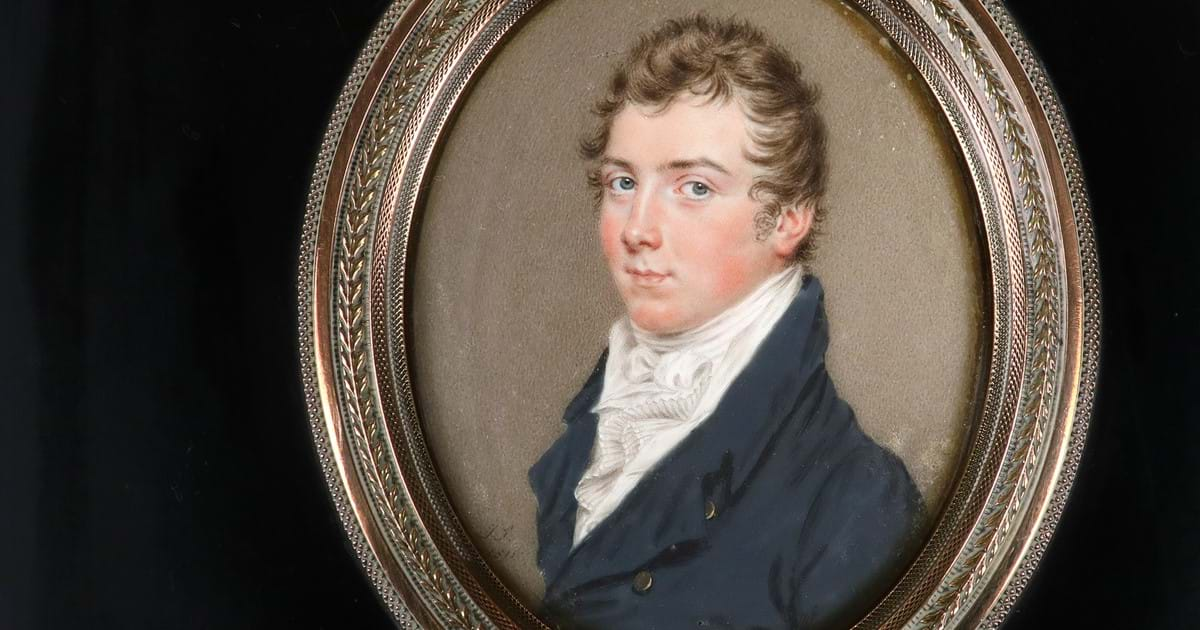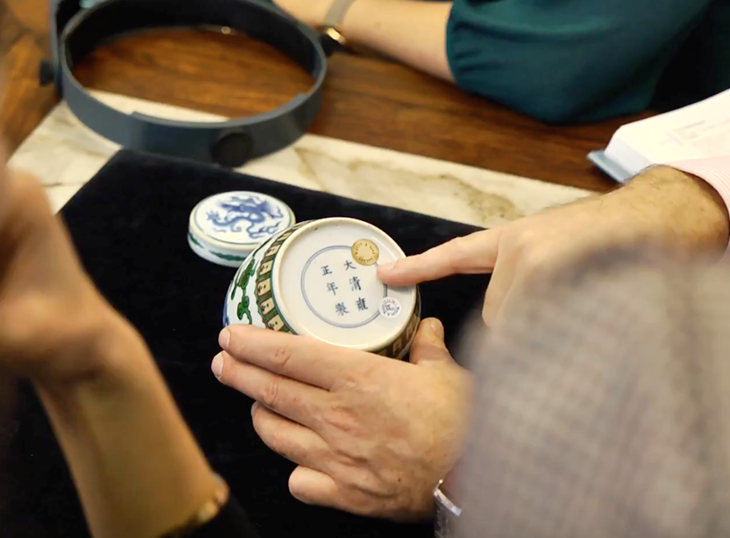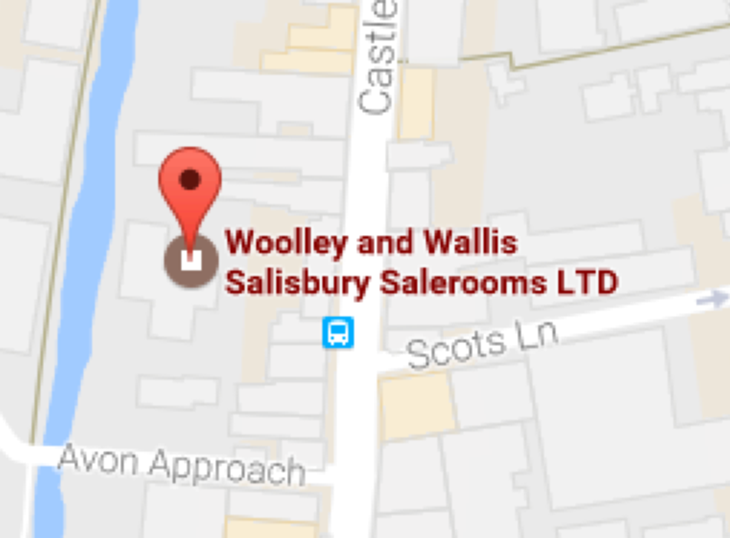The man who didn't shoot Wellington
22nd February 2022A portrait believed to be that of a man famed for duelling with the Duke of Wellington is expected to make up to £8,000 when it comes under the hammer in Salisbury next month.
The miniature watercolour believed to be of George William Finch-Hatton, 10th Earl of Winchilsea, has come onto the market at Woolley and Wallis for the first time since it was painted in 1811, having been passed down the family via the Earl’s sister.
The Earl was renowned for his strong views and his intemperate language used in the House of Lords. It was his opposition to the Catholic Relief Bill of 1829 which led to the duel with the then Prime Minister, the 1st Duke of Wellington – a duel which, unusually, both men survived.
Following a heated meeting, Winchilsea accused Wellington in a letter of “an insidious design for the infringement of our liberties”. Incensed, the Duke issued a challenge which took place on 21st March 1829 in Battersea Fields. Wellington was attended by his Secretary of War, 1st Viscount Hardinge; the Earl by Edward Boscawen, 1st Earl of Falmouth. Wellington shot first and missed, later claiming he did so deliberately, although he was famed as a poor shot. Winchilsea did not raise his arm on the call to fire, deliberately firing into the air after the Duke had missed. It appeared that Winchilsea and his second (Falmouth) had already decided on this course of action as a formal letter of apology was immediately handed to the Duke.
“Despite his occasionally colourful reputation, Winchilsea was clearly a man with a strong sense of justice, as he took a real gamble with his life in the duel with Wellington,” said Paintings specialist, Victor Fauvelle. “Had Wellington shot to kill, or perhaps not missed his mark depending on what you believe, then the apology Winchilsea issued would have been a post-humous one. As it was he went on to live for a further 29 years and sired a further 4 children during that time.”
The miniature portrait of Winchilsea was one of the last painted by notable miniaturist John Smart, who died in London in 1811. Examples of his work are included in most major museums and he is considered one of the finest miniature painters of the Regency period.
“Unlike many artists of this genre, Smart possessed a good knowledge of anatomy, which lends a greater deal of accuracy to his portraits,” explained Fauvelle. “The colouring that he uses is arguably more natural than many of his contemporaries and the detail is incredible for such small pieces of art. This is one of the reasons that his paintings command rather higher prices at auction than many other examples.”
The miniature is one of around 180 examples included in the Old Masters, British and European Paintings auction on 1st March.



